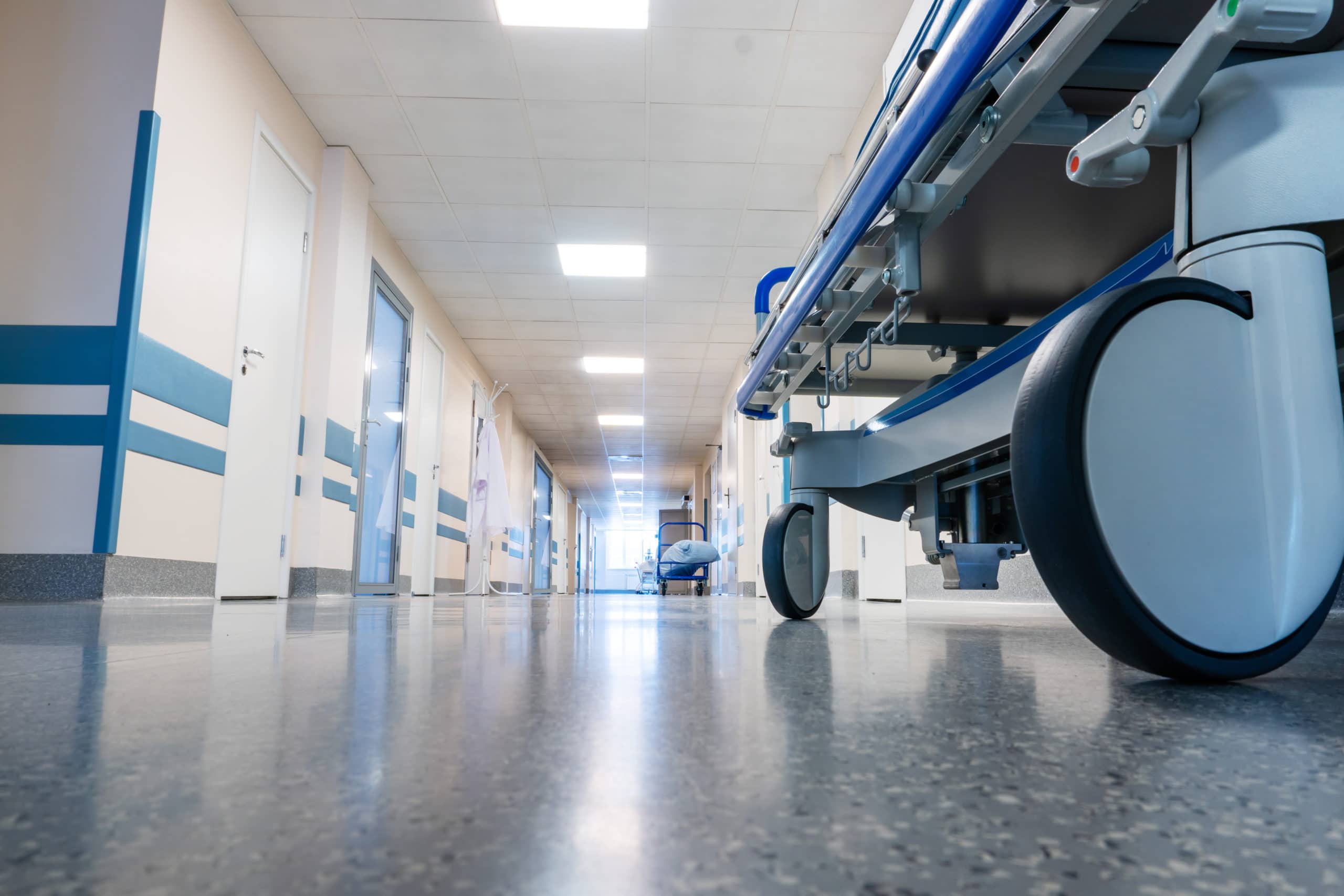Research affirms hospital floors offer a freeway of opportunity to antibiotic-resistant bacteria.
A small study published in the journal of Infection Control and Epidemiology evaluated the risk and frequency of transmission of dangerous bacteria to hospital floors and patient areas. The study was part of proceedings presented at the Sixth International Conference on Health-Associated Infections (HAIs).
HAIs are a formidable challenge in healthcare settings. While the Centers for Disease Control and Prevention (CDC) notes the incidence of some serious HAIs has declined, on any day in the US, approximately one in 31 hospitalized patients has at least one HAI. Because hospitals treat patients with severe, intractable infections, those facilities are also home to the bacteria that cause these infections. And sometimes, those bacteria live on the floor.
To evaluate the transfer of bacteria in hospital facilities, scientists with the Northeast Ohio VA Healthcare System careful evaluated the hospital rooms of 17 patients just admitted to the hospital. Prior to admission the patients were screened for common and dangerous HAIs, like Methicillin-resistant Staphylococcus aureus (MRSA). Their rooms were sanitized and disinfected prior to their admission.
Following admission, study authors daily collected samples from each room from multiple locations—including patients, socks, bedding, high-touch areas (call buttons, bedrails, tray tables), and the portions of the floor.
Despite the lack of identifiable HAIs on patients and within their hospital room at the outset, approximately 50 percent of the rooms were identified as housing MRSA within 24 hours. By four days after admission, 58 percent of the rooms were populated with vancomycin-resistant enterococci (VRE), MRSA, and C. difficile.
The study revealed the floor became quickly contaminated as personnel came into the room. Bacteria on the floor were subsequently transferred throughout the room. The study did not find instances where high-touch areas and patients were directly contaminated from equipment or personnel. Instead, bacteria from the floor moved to socks, bedding, and onto room surfaces.
A senior author on the study, Dr. Curtis Donskey, noted, “If bacteria stayed on floors this wouldn’t matter, but we’re seeing clear evidence that these organisms are transferred to patients, despite our current control efforts. Hand hygiene is critical, but we need to develop practical approaches to reduce underappreciated sources of pathogens to protect patients.”
The study has implications for spread of SARS-CoV-2 in COVID-19 wards. The authors note a similar study published in August looked at the transfer of viral material on the shoes of personnel treating COVID-19 patients. In that study, small modifications to cleaning processes reduced the level of contamination.
Although germs, good and bad, will always outnumber us, these studies make important inroads into reducing the number of ill or injured patients challenged by HAIs as part of their medical treatment.
Skilled injury attorneys help you if you suffer medical malpractice in Washington, DC or Baltimore, Maryland
Recognized for excellent service to their clients since 1984, the law firm of Schochor, Staton, Goldberg, and Cardea, P.A. delivers aggressive legal representation if a loved one is injured due to medical negligence. Serving clients locally and nationwide, we offer a free consultation. Contact us online or call 410-234-1000 today.













